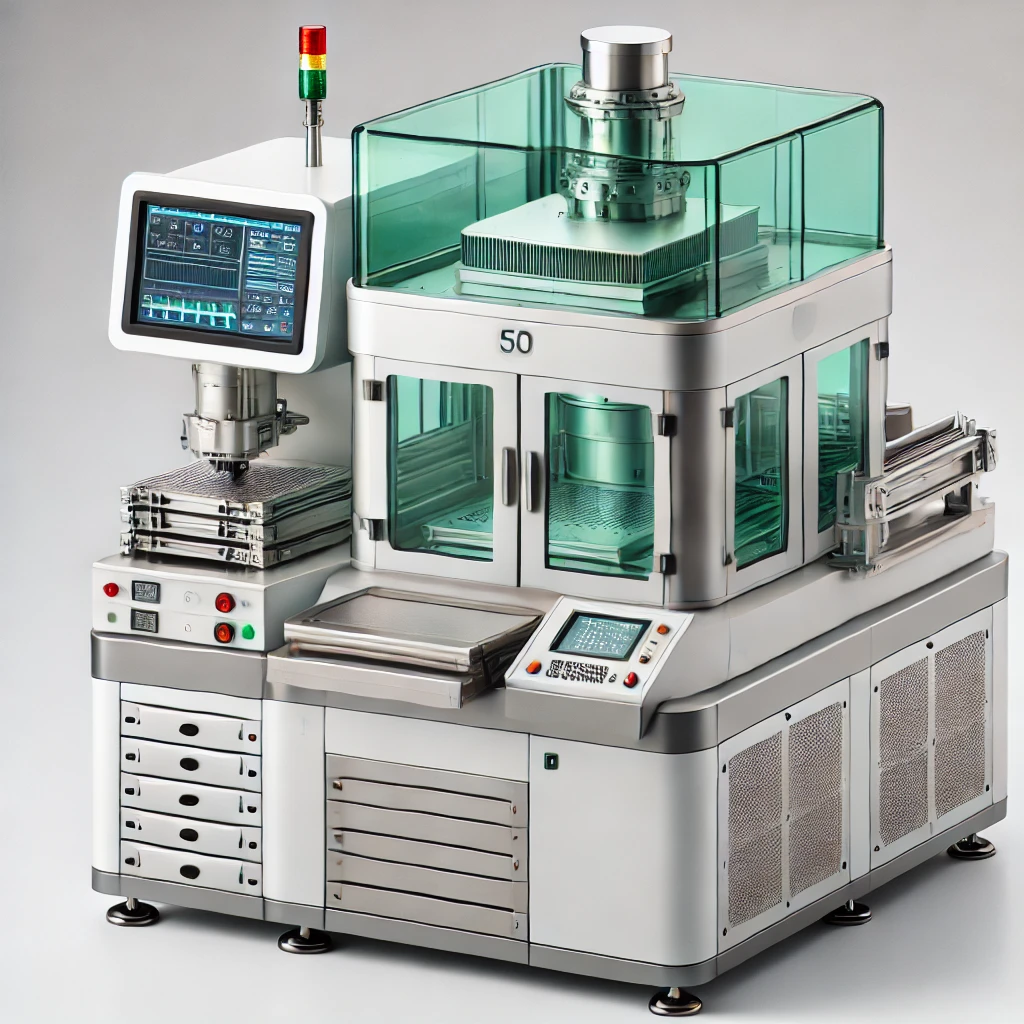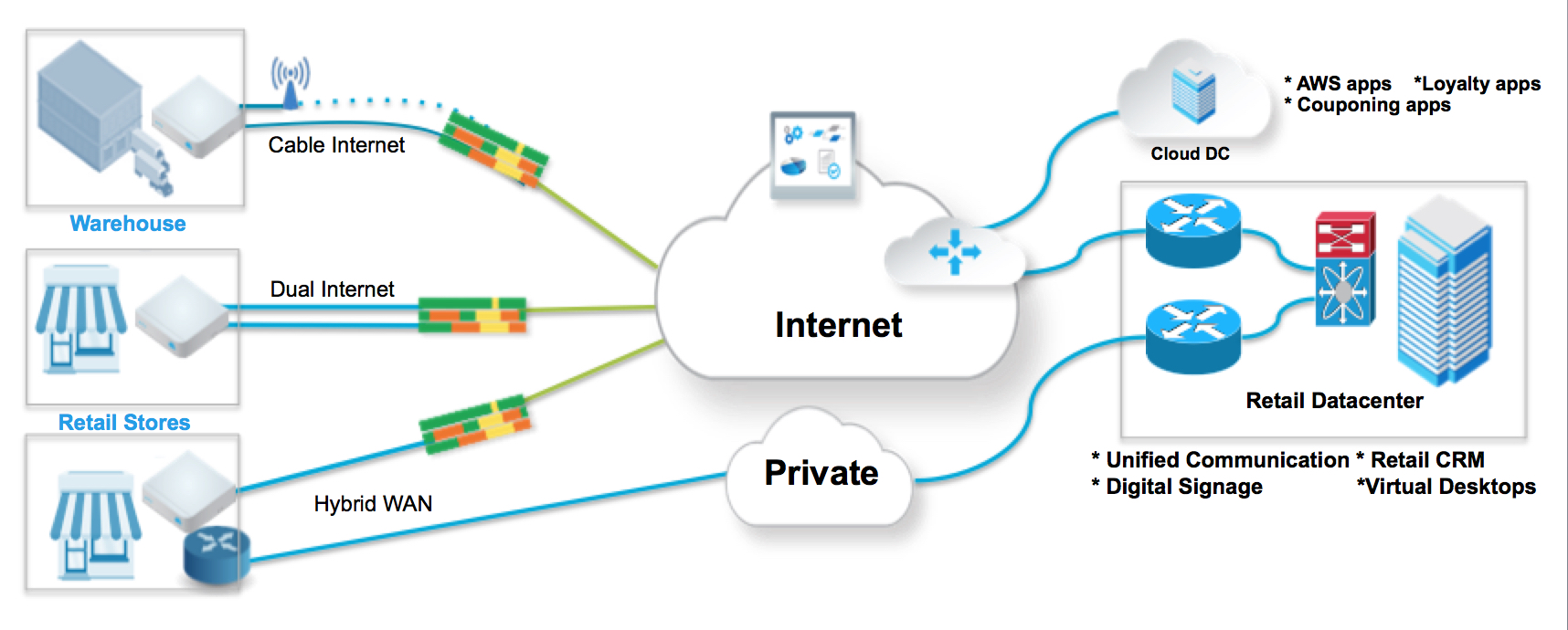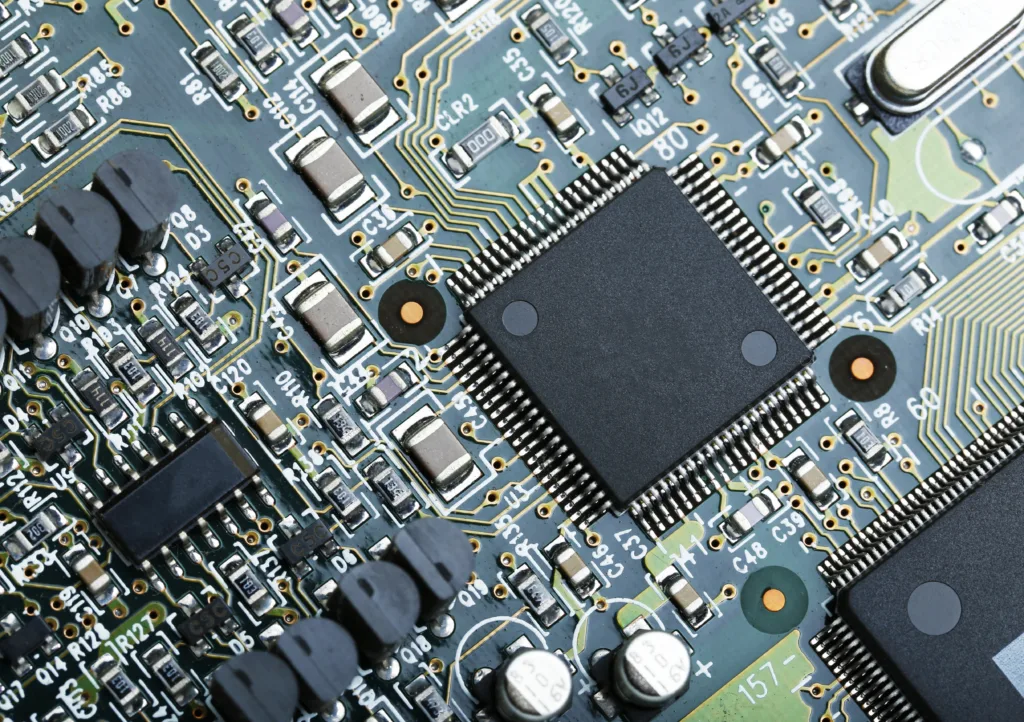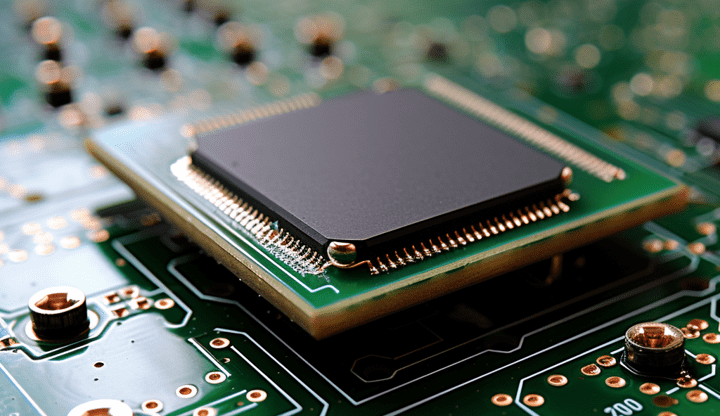
Fluxless TCB vs TCB
As interconnection pitches shrink below 10µm for advanced logic and memory applications, fluxless TCB solves the issues that standard TCB encounters with the flux.
Hybrid wan, also known as Hybrid Wide Area Network, is a way of connecting different network places using different types of connections.
Imagine you want to send an online message to a friend. Sometimes your traditional internet connection through DSL or fiber can be busy and have a lot of traffic, slowing down the arrival of your message. A Hybrid WAN simply means having different roads to send your message. Instead of just relying on your fiber network, you can use other types of connections like private networks or satellites. By using different paths, you have backup routes to make sure your message gets to your friend in time.
The primary goal of Hybrid WAN is to balance the cost of network connectivity with reliability. It offers a mix of connection types to optimize performance and expenses.

Hybrid WAN uses different types of connections to improve reliability and flexibility.
SD-WAN (Software-Defined WAN), on the other hand, uses software to intelligently manage and optimize traffic. SD-WAN dynamically routes traffic based on factors like application requirements and real-time conditions. It focuses on traffic optimization, and it prioritizes critical applications, adapting to network changes in real time.
When it comes to cost savings, Hybrid WAN achieves cost-efficiency by blending different connection types while maintaining reliability. SD-WAN takes it a step further by actively selecting the most cost-effective paths for traffic, reducing reliance on expensive connections like MPLS.
In terms of agility, Hybrid WAN provides flexibility by offering various connection types but it lacks the dynamic adaptability of SD-WAN. SD-WAN is known for its agility, automatically adjusting to network conditions and ensuring optimal performance.
SD-WAN also excels in centralized control and monitoring capabilities. It often includes user-friendly management consoles, allowing businesses to configure and oversee their entire network from a single interface
Let´s imagine a company, HybridComms Inc. that has offices across the U.S. and relies heavily on data transmission between these locations. Their existing network setup consists of a traditional Multiprotocol Label Switching (MPLS) WAN, which is reliable but expensive. With the company expanding and their data demands increasing, the cost of maintaining the MPLS network is becoming unsustainable.
To address its connectivity challenges while optimizing costs, HybridComms Inc. decides to implement a Hybrid WAN strategy. The new design involves a combination of MPLS and Internet-based connections.
Implementation:
The implementation of a new strategy through Hybrid WAN brings several benefits to HybridComms:
Conclusion: HybridComms Inc.’s adoption of a Hybrid WAN with SD-WAN technology proves to be a wise decision. They achieve cost savings, improved performance and maintain the reliability required for their critical operations.

As interconnection pitches shrink below 10µm for advanced logic and memory applications, fluxless TCB solves the issues that standard TCB encounters with the flux.
The metal pitch refers to the distance between the centers of two adjacent metal interconnect lines on an integrated circuit (IC). Since transistors evolved into 3D strucrures, this measurement has lost significance.

The front-end and back-end are highly interdependent. A constant feedback loop between front and back-end engineers is necessary to improve manufacturing yields.

Built directly into the silicon, through silicon vias (TSV) facilitate 3D IC integration and allow for more compact packaging. They have become the default solution to interconnect different chip layers or to stack chips vertically.

Silicon carbide (SiC) is used in electric vehicles due to its wide bandgap and great thermal conductivity. Gallium nitride (GaN) shares many characteristics with SiC while also minimizing RF noise.

GPU vs CPU is a parallelization vs complexity dilemma. While GPUs can manage very large parallel calculations, they struggle with linear, more heterogeneous tasks, where CPUs excel.